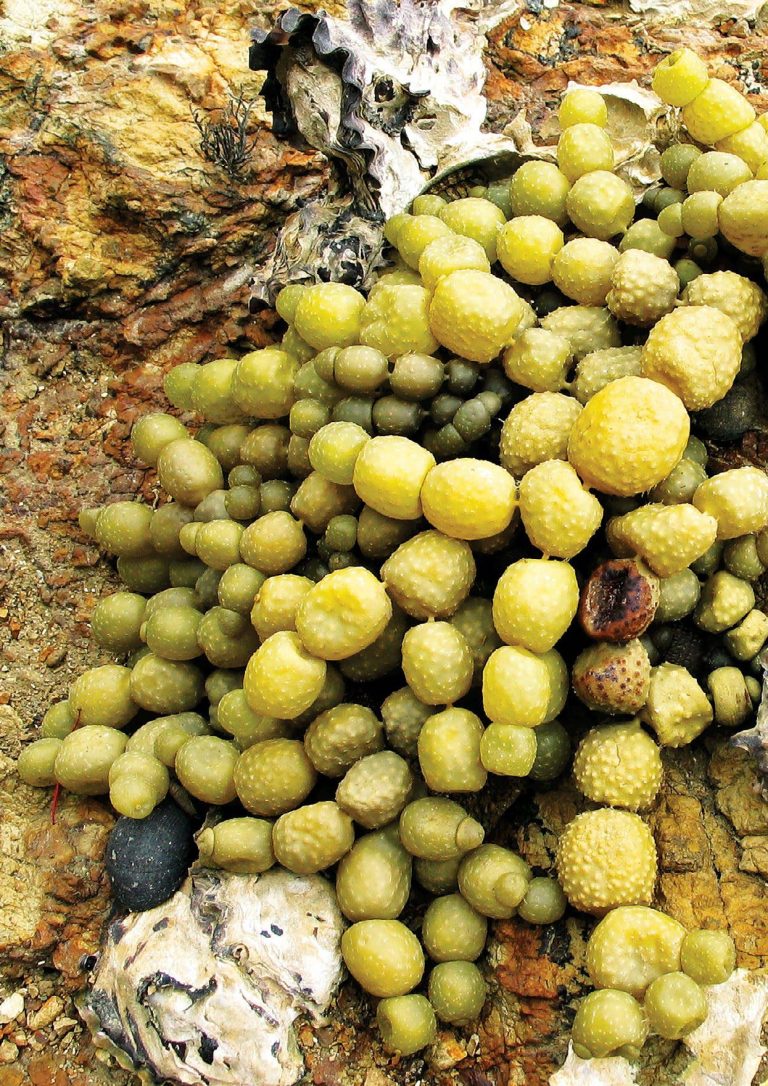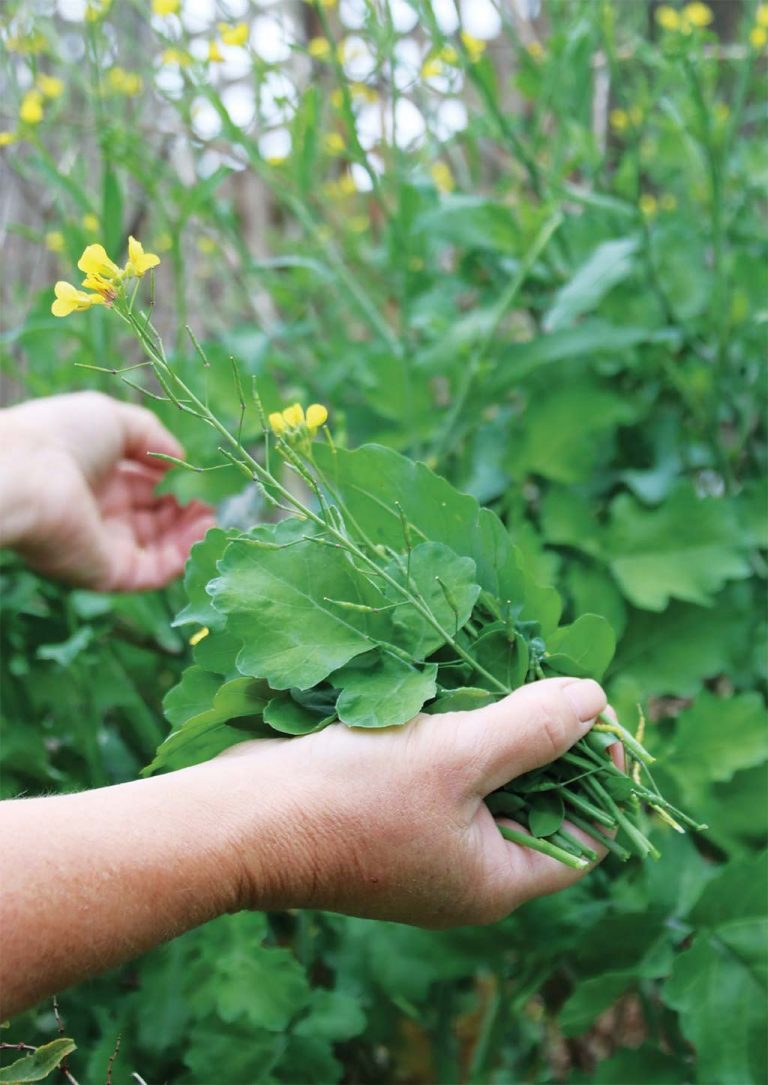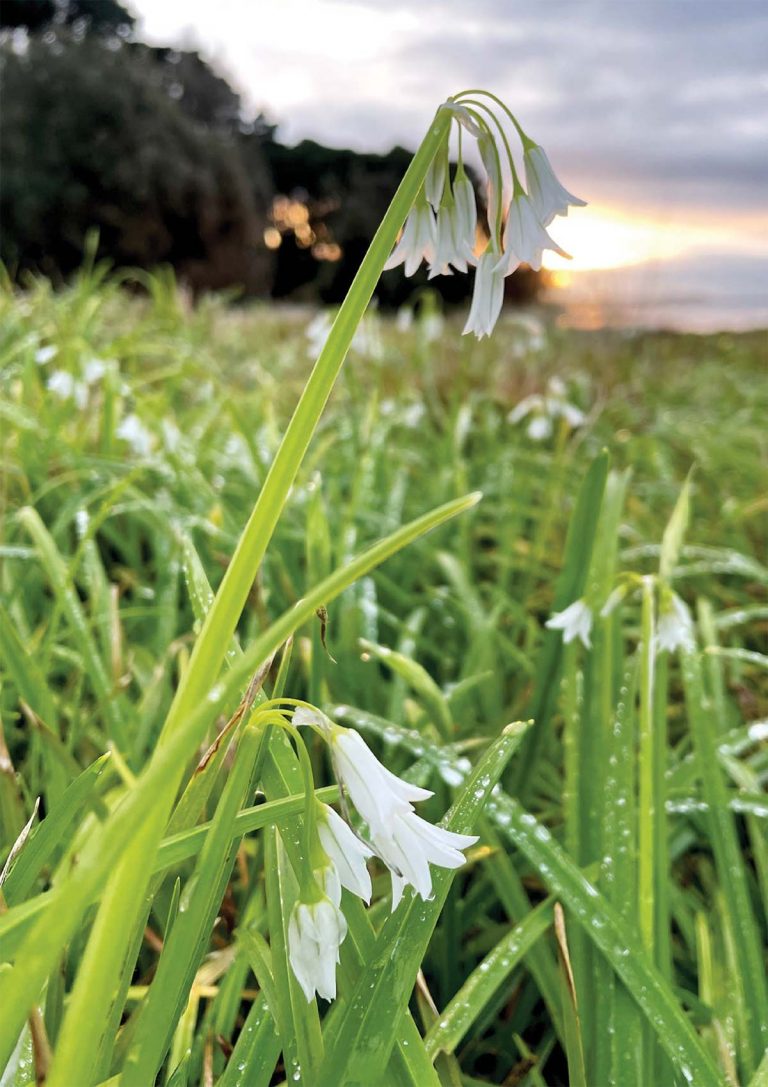Sheep Sorrel

Native to Asia and Europe, this lemony edible plant has naturalised widely in Australia and is commonly found in backyards.
What Is Sheep Sorrel?
Sheep sorrel (Rumex acetosella) is a species of flowering perennial weed in the Polygonaceae family. The name sorrel is derived from the Germanic word ‘sur’ and the old French word ‘surele’ meaning sour.
Sometimes referred to as field sorrel, garden sorrel, sour weed or sour dock, it favours acidic soils and sunny positions. With a high concentration of vitamin C, sheep sorrel has been consumed as a tea for a very long time, as well as being added to a variety of foods.



